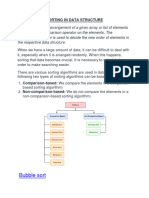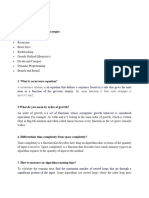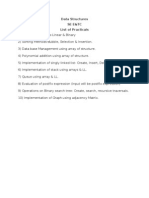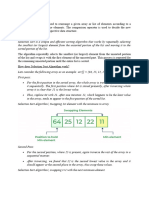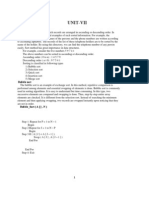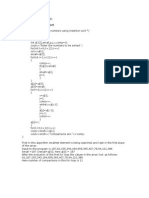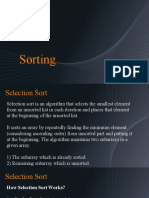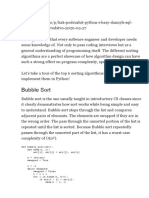0% found this document useful (0 votes)
4 views17 pagesUNIT - 3 Searching & Sorting
The document provides an overview of searching and sorting algorithms, detailing techniques such as Linear Search and Binary Search for searching, and various sorting methods including Bubble Sort, Selection Sort, Insertion Sort, Merge Sort, Quick Sort, Counting Sort, and Radix Sort. Each algorithm is explained with its characteristics, steps, and examples to illustrate how they function. The document emphasizes the importance of data structure organization for efficient searching and sorting operations.
Uploaded by
yadavsahilraiwana005Copyright
© © All Rights Reserved
We take content rights seriously. If you suspect this is your content, claim it here.
Available Formats
Download as PDF, TXT or read online on Scribd
0% found this document useful (0 votes)
4 views17 pagesUNIT - 3 Searching & Sorting
The document provides an overview of searching and sorting algorithms, detailing techniques such as Linear Search and Binary Search for searching, and various sorting methods including Bubble Sort, Selection Sort, Insertion Sort, Merge Sort, Quick Sort, Counting Sort, and Radix Sort. Each algorithm is explained with its characteristics, steps, and examples to illustrate how they function. The document emphasizes the importance of data structure organization for efficient searching and sorting operations.
Uploaded by
yadavsahilraiwana005Copyright
© © All Rights Reserved
We take content rights seriously. If you suspect this is your content, claim it here.
Available Formats
Download as PDF, TXT or read online on Scribd
/ 17






















